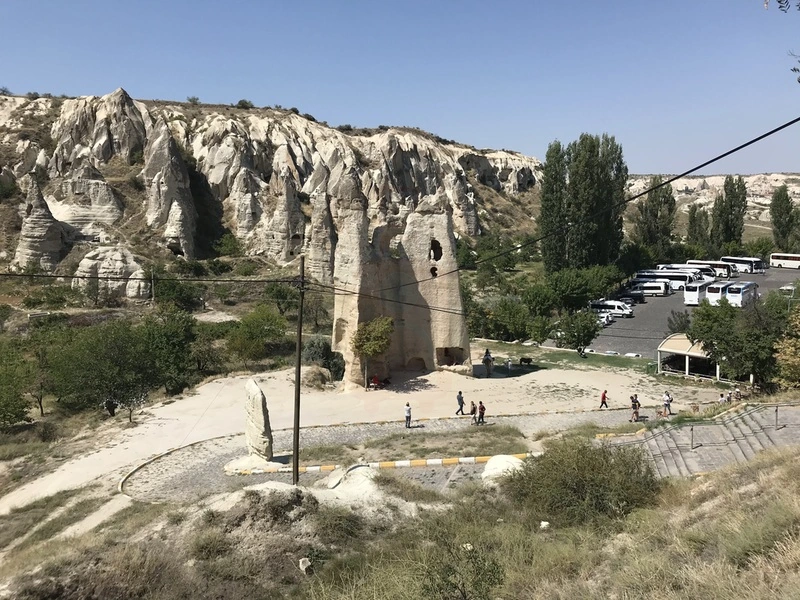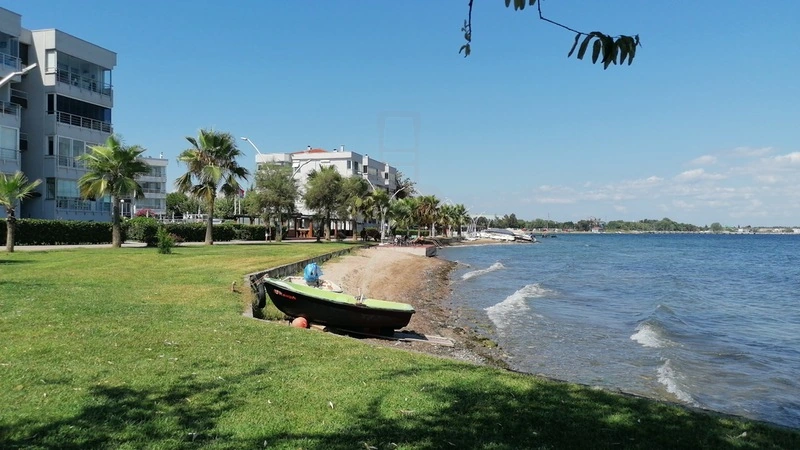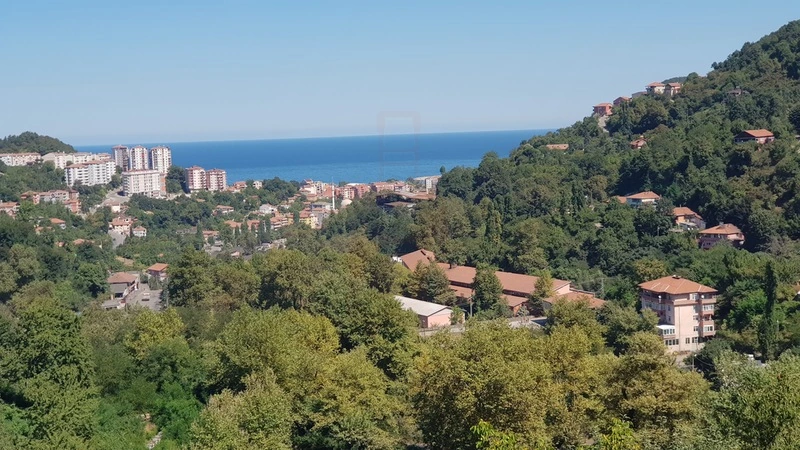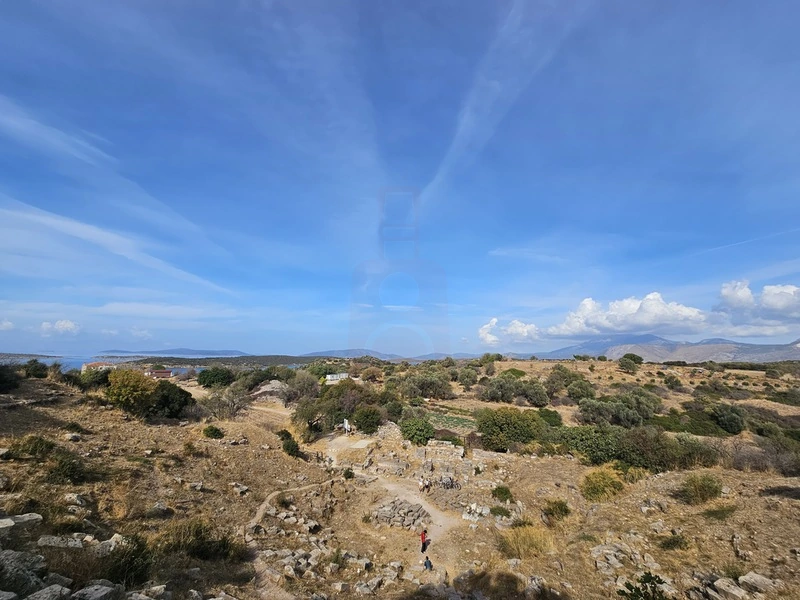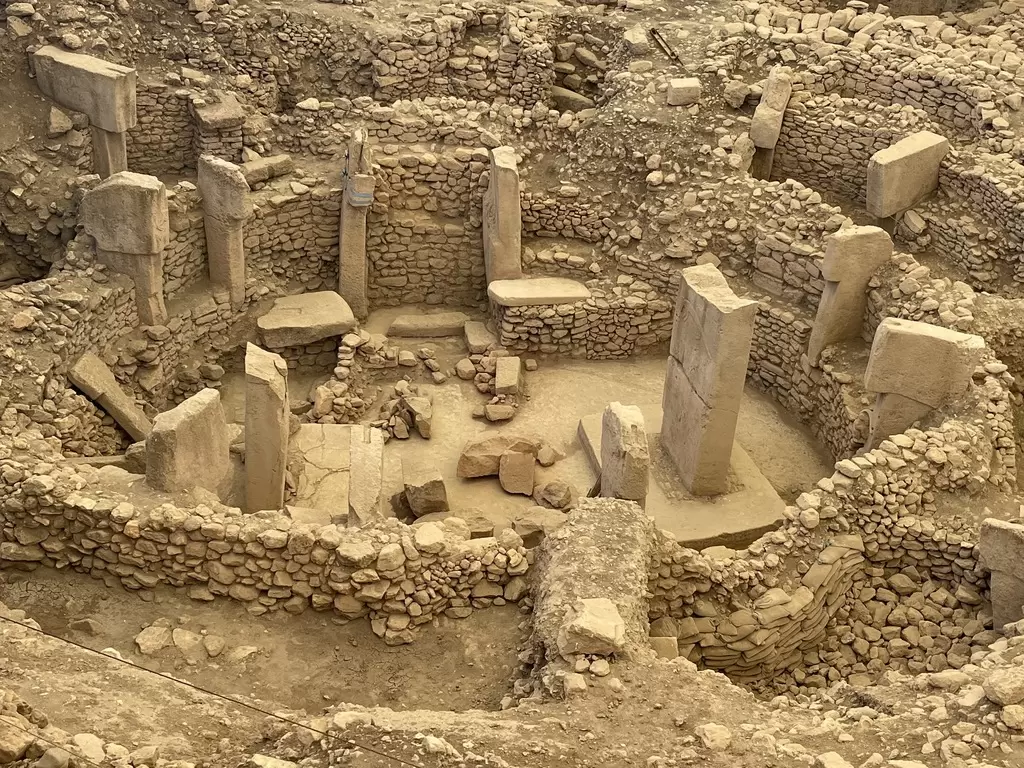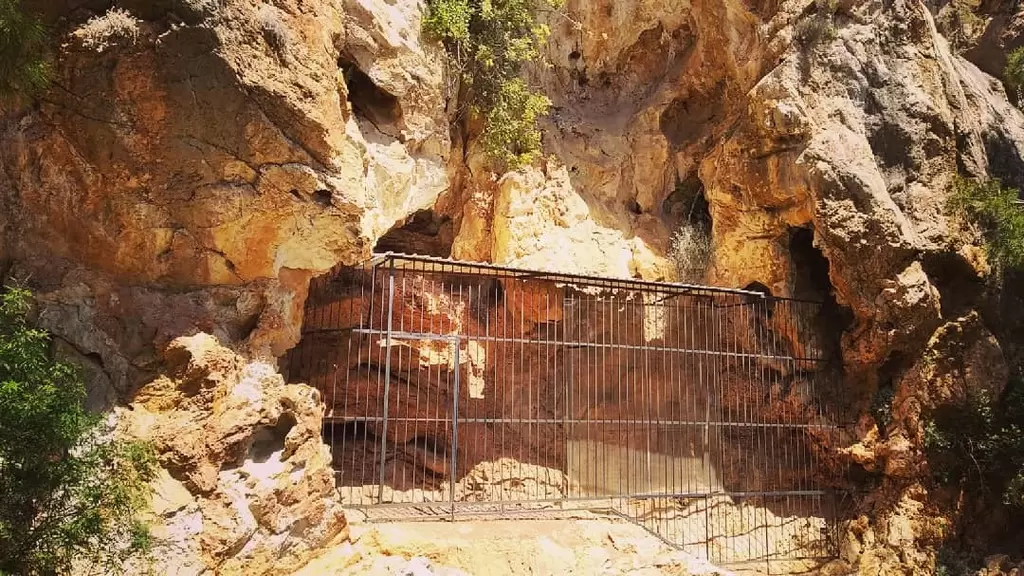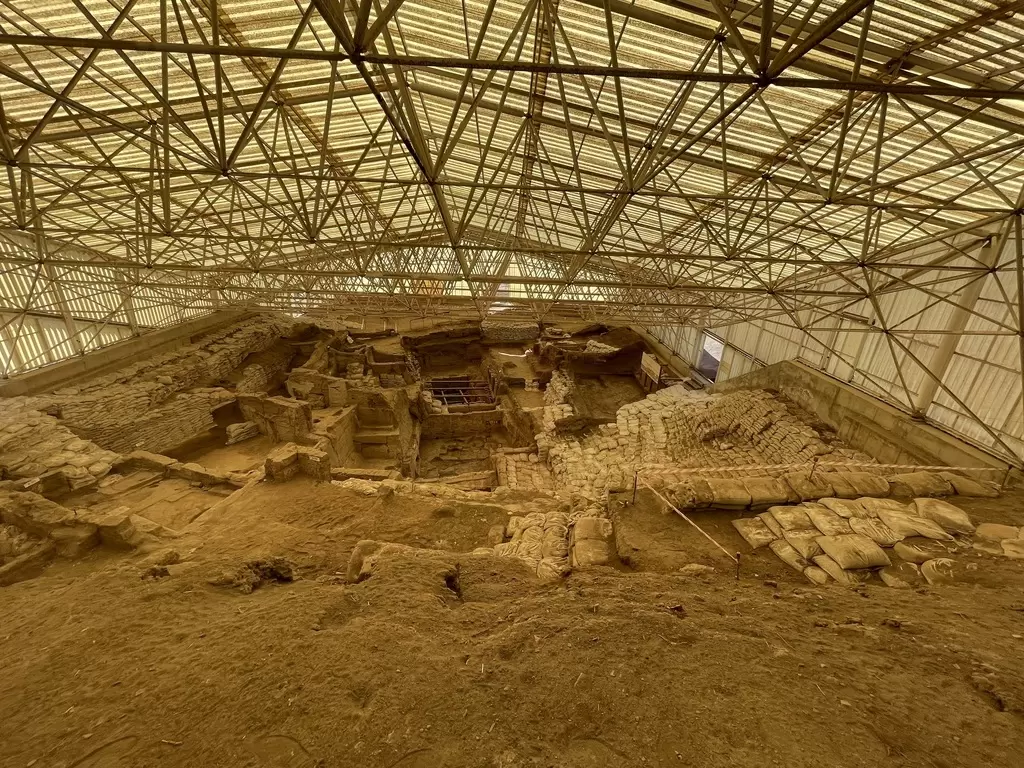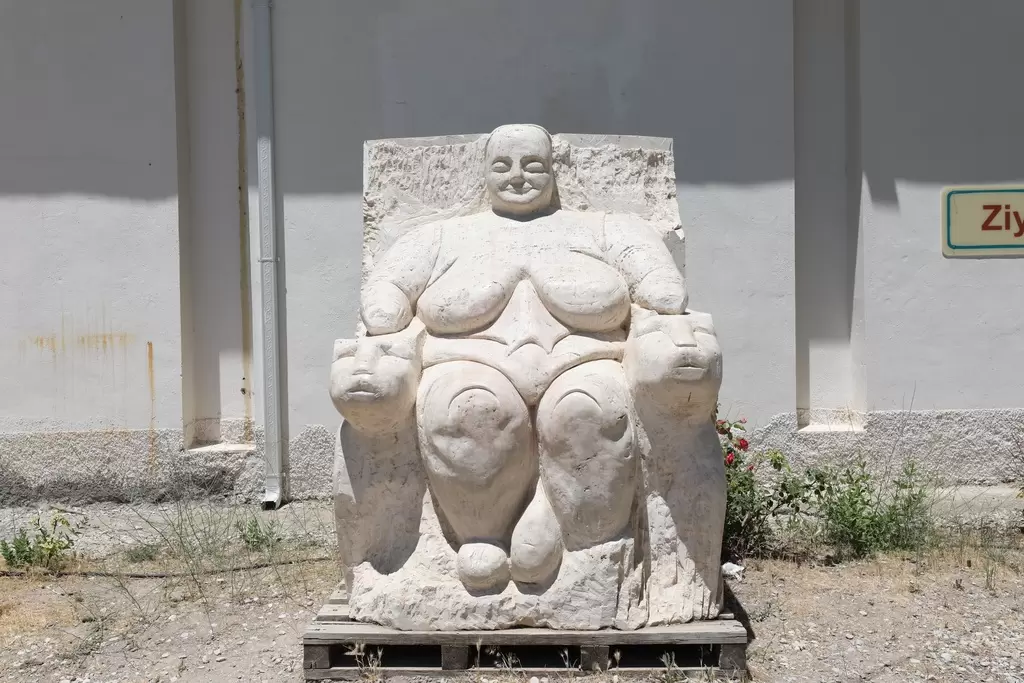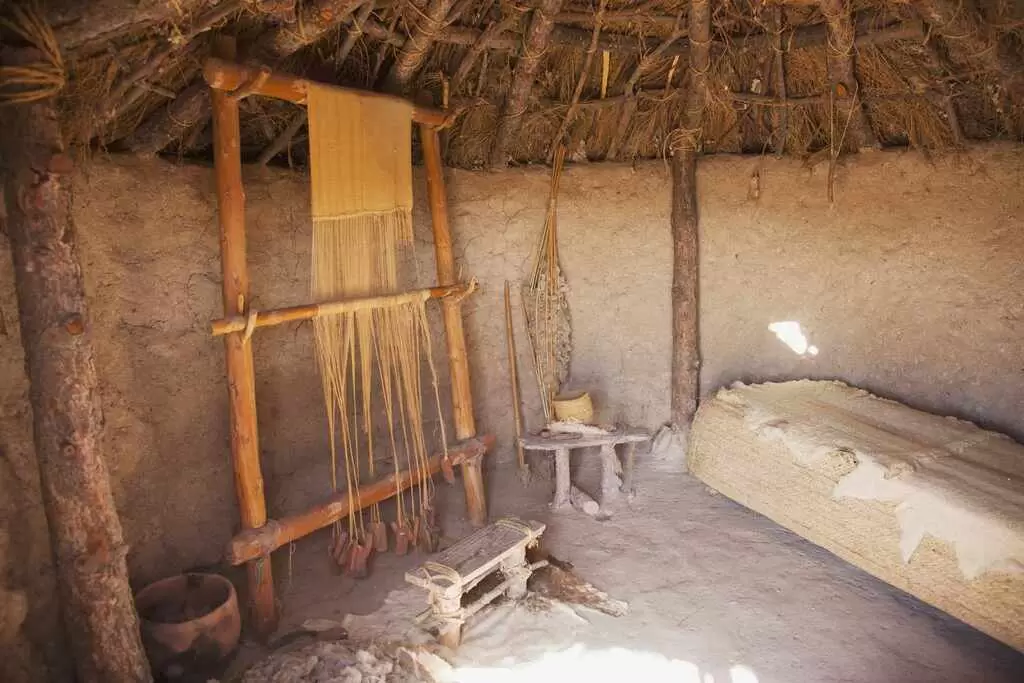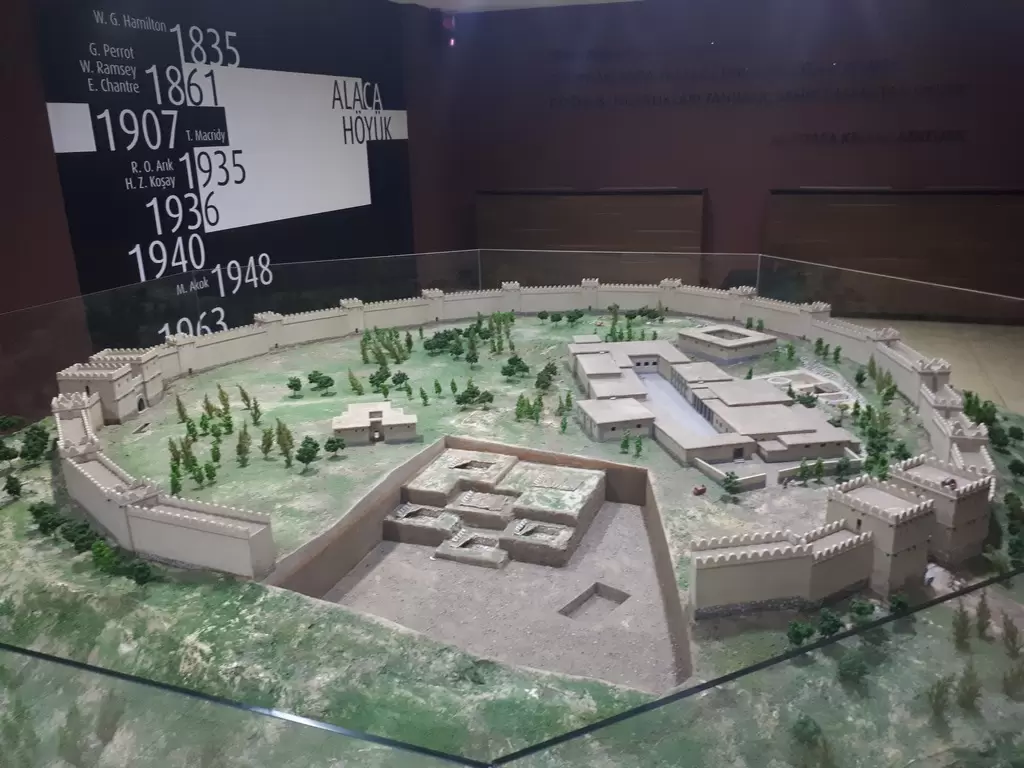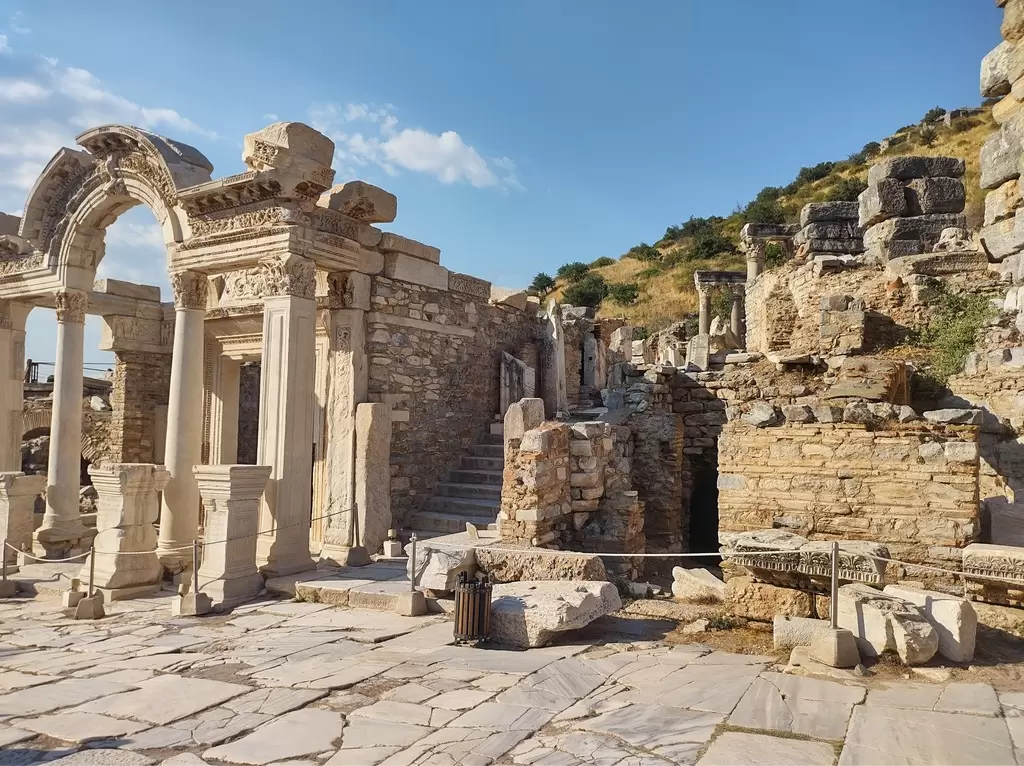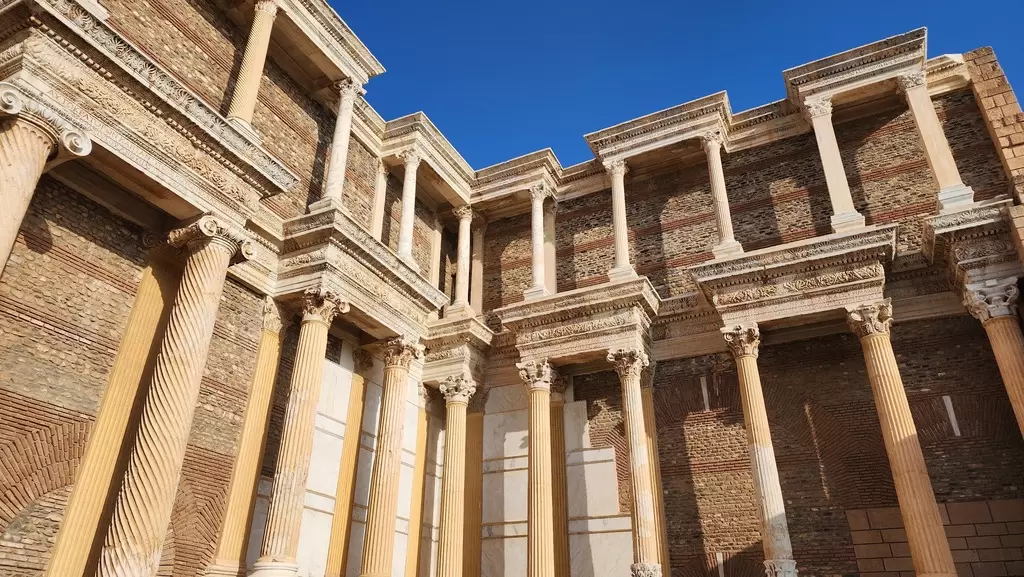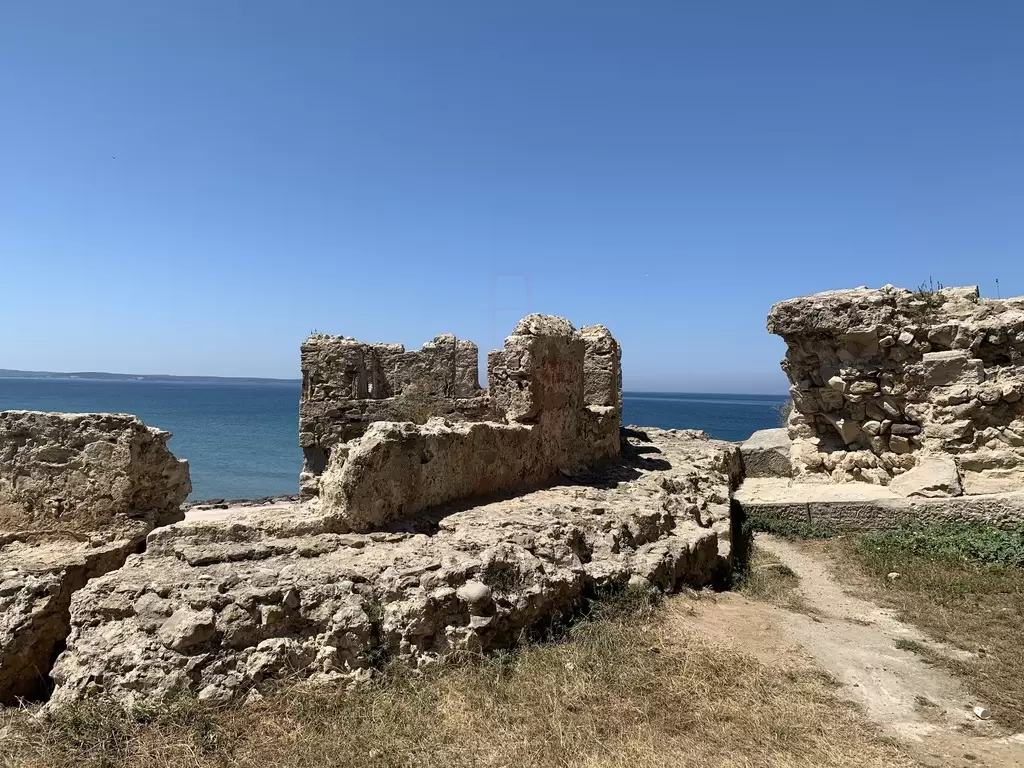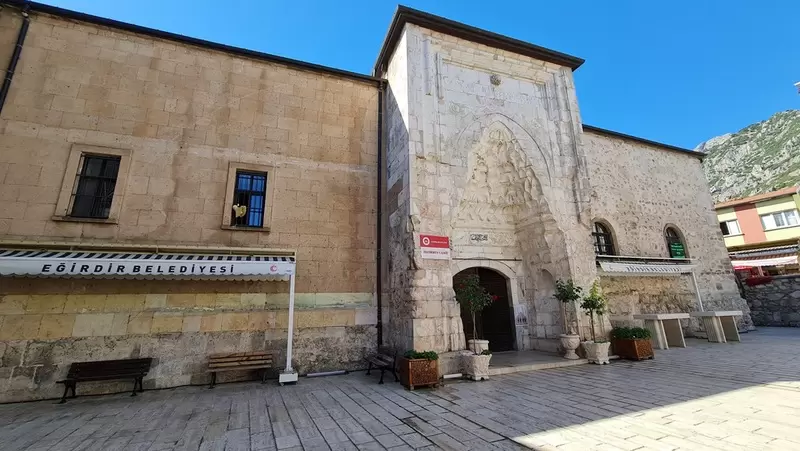
Hamidoğulları era un importante beylik dell'Anatolia sudoccidentale emerso alla fine del XIV secolo, durante un periodo di grande frammentazione politica in seguito al declino del sultanato selgiuchide del Rum. Il Beylik era incentrato sulle aree di Isparta e Burdur, strategicamente situate vicino alle principali rotte commerciali, che facilitavano la crescita economica e lo scambio culturale.
La dinastia fu fondata da Hamid Bey, che stabilì il controllo sulla regione e cercò di espandere la propria influenza. Gli Hamidoğulları erano noti per le loro capacità militari, spesso impegnati in conflitti con gli stati vicini e potenze più grandi, tra cui l'Impero Ottomano e i Bizantini. La loro resistenza all'espansione ottomana fu notevole, consentendo loro di mantenere un certo grado di autonomia per un lungo periodo.
Culturalmente, gli Hamidoğulları contribuirono in modo significativo al panorama architettonico dell'Anatolia sudoccidentale. Commissionarono numerose strutture, tra cui moschee, ponti e caravanserragli che mostravano una miscela di stili architettonici turchi e persiani. Esempi importanti includono la Grande Moschea di Isparta e vari caravanserragli che fungevano da punti di sosta per commercianti e viaggiatori lungo le rotte commerciali vitali. Queste costruzioni non solo servivano a scopi pratici, ma riflettevano anche le influenze artistiche e culturali dell'epoca.
Il beylik ha anche svolto un ruolo cruciale nel promuovere le arti, la letteratura e il governo locale. Gli Hamidoğulları si impegnarono nel mecenatismo di poeti e artisti, contribuendo a creare un vivace ambiente culturale che arricchì la regione. Le loro corti divennero centri di apprendimento ed espressione artistica, riflettendo le correnti intellettuali del periodo.
Con l'espansione dell'Impero Ottomano alla fine del XV secolo, gli Hamidoğulları dovettero affrontare una pressione crescente. All'inizio del XVI secolo furono incorporati nel regno ottomano, segnando la fine della loro autonomia politica. Nonostante questa integrazione, l'eredità degli Hamidoğulları ha continuato a influenzare la regione, in particolare in termini di architettura e pratiche culturali.
Oggi, i siti storici associati agli Hamidoğulları, comprese le loro moschee e caravanserragli, fungono da importanti attrazioni per i visitatori interessati alla ricca storia dell'Anatolia. Il contributo del Beylik al patrimonio sociale, culturale e architettonico della regione rimane una testimonianza del suo significato storico nel quadro della storia turca.




